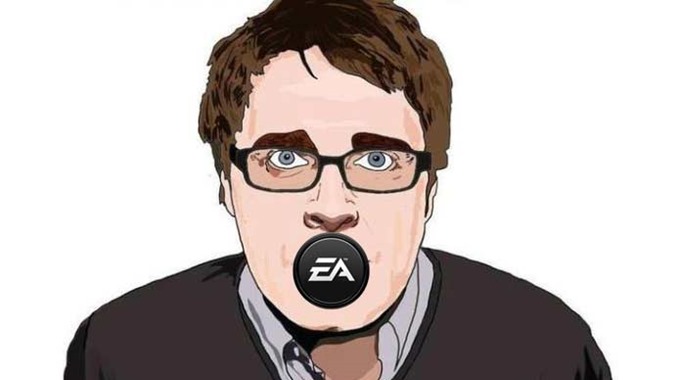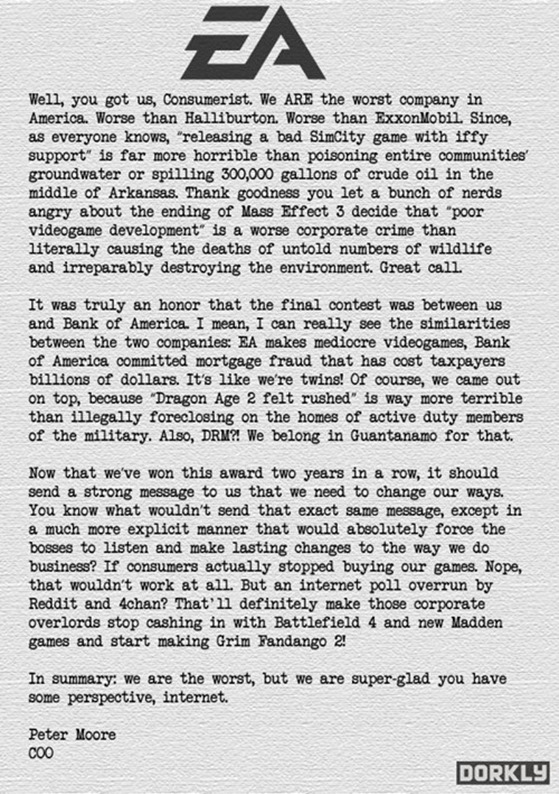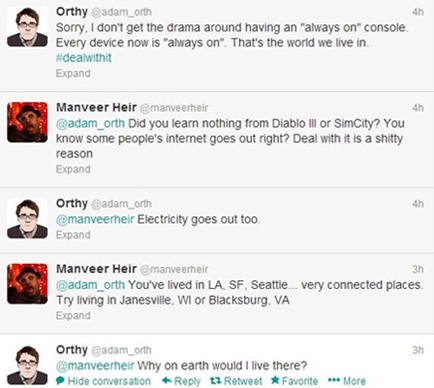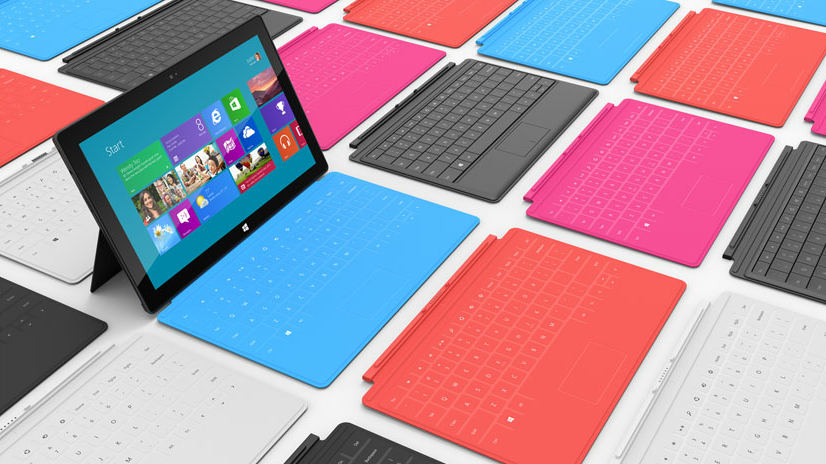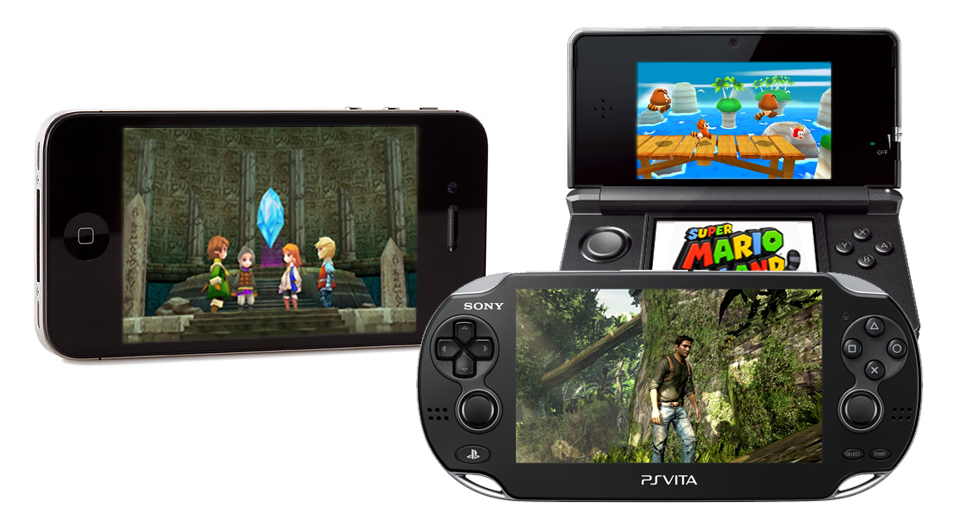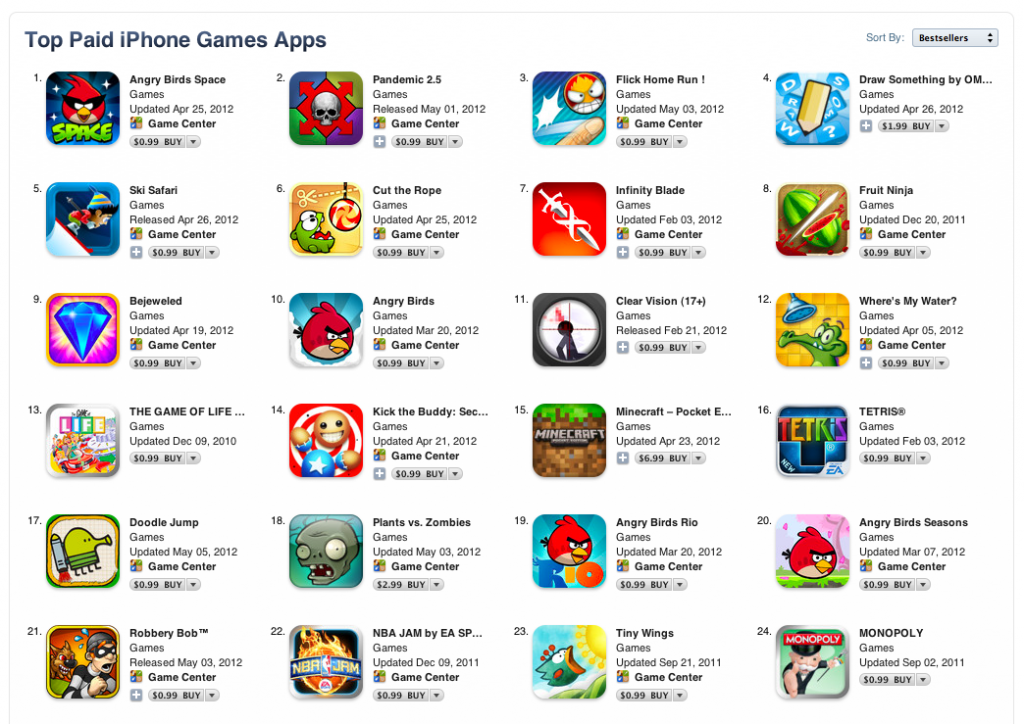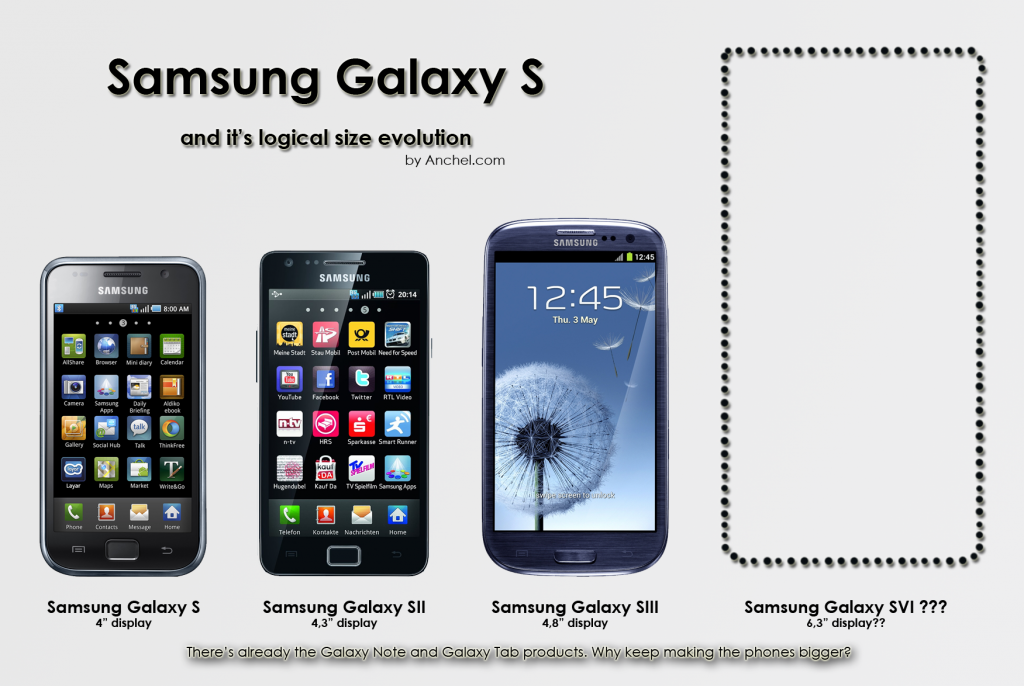Dear people of the Internet,
What an exciting week it has been! Look at all that you have accomplished in such a short amount of time.
First, the big, evil games conglomerate EA has been voted the worst company in the US for the second year in a row. That will teach them not to mess with our games by adding stupid DRM systems, trying to force their online PC games store Origin on us and crushing the dreams of so many people who wanted a proper ending for Mass Effect 3.
And you also managed to get the arrogant Adam Orth out of his position as Creative Director at Microsoft. Hah! How could a person defending so fervently the always-on policy of that “next generation console” have a position like that at Microsoft? Well, now he’s out of the company thanks to the fair people of the Internet!
That’s two wins in a row for you this week! Right?
Right?
Or is this a major display of what the angry mobs of the Internet can achieve when they get annoyed at something? Because to me this is the closest thing I can imagine to a father buying his little kid a bag full of candy because he kept screaming and yelling and crying in the middle of the store until he got what he wanted.
But while related, there’s much deeper issues within each case I’ve just mentioned.
First, the case of EA being voted worst company in the US.
Let’s take a moment to look at what makes a company “the worst”. Is it their impact on the world economy? Is it the impact on the environment? The way they treat their customers? The illnesses or deaths it has caused? All those are very valid reasons to rate a company the worst, and I’m not just making them up. These are real issues that companies have been linked to, from banks to electricity companies that have gone from causing instability in the world economy to contaminating the water of an entire area, causing cancer to its population.
But here the Internet got to vote on an open website what they thought was the worst company. And EA came up as the winner. The reasons? Well, there’s many valid arguments for attacking EA. The most recent one being that the new SimCity’s launch was plagued with server connection problems because they had slapped an always-on DRM on the game without any real need to. That means those who bought the game at launch had trouble playing what they had paid for… until the servers got fixed. So those who bought the game can now play it. Sure, it’s still a draconian decision to have this type of online requirement on a single-player game, but this is hardly the kind of issue that causes everyone to hate a company forever.
There’s many other things such as how they push their Origin store on customers, which is definitely not as good as the competition ( but has everyone forgotten how much hate Steam got when it first came out and how it took it a couple of years to start being good?). And there’s the Mass Effect 3 ending which annoyed thousands of gamers worldwide with its ignorance on the player’s actions throughout the series (something that got partially fixed –for free I should add- through free DLC). There’s all the issues with micro-transactions, their constant disregard for what “gamers really want”, and much more.
None of those are crimes noteworthy enough to cause such a huge reaction on an award that pit EA against so many other non-gaming related companies. Because the truth is anyone who is not deeply invested in the games industry does not care about those things. Heck, my parents don’t even know what EA is! The percentage of people truly affected by EA’s decisions is so small that it is baffling to see those problems upscaled that much.
But the gaming community is a very vocal one. When they are angry about something it takes the internet by storm. They know how to work through the web’s social networks and spread the word all over the net. And with the creativity that so many people have to create memes and have them become staples quickly it makes it look as if those are issues that “everyone” in the world knows about.
That’s not truly the case though.
I won’t go much further into this topic, but I’ll close it off with a quote from Forbes about what exactly is this “Worst Company Award”: “It’s a measure of how annoyed the internet is with a certain brand at the moment.”
Oh, and this (fake) letter from Dorkly standing as Peter Moore from EA:
So that’s all of it on the EA case. It’s something that EA will probably react upon but still take lightly as they most probably believe that the poll has little validity.
But then we have the other controversial topic: Adam Orth.
This one is way more worrying than any Internet vote. This is the case of someone losing his job because he made a couple of comments on Twitter.
I have to admit that when I first saw these tweets I was extremely annoyed at Adam Orth.
But there’s a small problem with Twitter. If you jump into someone else’s conversation (because tweets are public after all) there is usually very little context to grab from those short 140-characters long messages.
Is Orth being sarcastic in his last tweet? Is he really looking down on those cities? That’s impossible to tell from just that image, which is the one that got shared all over the Internet through channels such as Reddit. Go a bit further back in their timelines and you will find out that this is not the first time they talk to each other, they’re actually friends to talk to each other in a casual way. That last reply could easily be him joking around.
But of course this is Twitter and it’s public. Even if you have the now-so-typical disclaimer of “opinions are my own” when you have a certain position in a company you have to be careful of what you post and how you say things, because it might involve your company in a bigger way. Some people have argued that he shouldn’t ever post his opinions on Twitter and that he should have sent that to Manveer Heir instead through private messages.
So are we suddenly as users of Twitter censoring what someone can or cannot say publicly online? Check Manveer’s tweets. He’s Senior Gameplay Designer at Bioware, quite a high position to be in the games industry, yet he is one of the most vocal people in the games industry, always expressing his own thoughts and often with a fair amount of personality in them. As he describes himself, he’s a “sarcastic ass”. And nobody has any problem with that! He criticizes lots of games, he criticizes the moves of many companies, and at keynote events he criticizes pretty much every sentence that comes out of the speaker’s mouth.
But guess what? People expect that from him already. His “online persona” has always been like that so if he said something about Bioware with a sarcastic note to it, people would take it happily. Perhaps a few replies with rants, followed by snarky responses from him.
What happened with Adam Orth was not so much a situation of “public personalities should not comment on Twitter their personal views” as it was Orth not having built enough of an online personality to be able to do that. Had he done so before, there would be a lot more context in his tweets for people to understand it. Instead, Orth later on (with Manveer’s help) tried to explain that he was being sarcastic. To which people replied that was a very childish response trying to take away the blame from himself.
The damage is done now though, and Orth is out from Microsoft and with enough media backslash to make finding a new job a real nightmare for him. All because of three tweets in which he is talking to a friend. That escalated quickly! Of course it doesn’t help that the topic of the conversation was the already controversial always-on subject…
In any case it’s really scary to think how fragile our entire careers are now that through social media everyone can react so quickly against you.
I don’t want to defend either EA or Adam Orth for their actions because they did not act their best to be honest. But the Internet should really try to be more careful with their actions as well and try not to look like a kid having a fit.
And most definitely they should not consider this a win, but rather a shameful display of the Internet at its worst.

